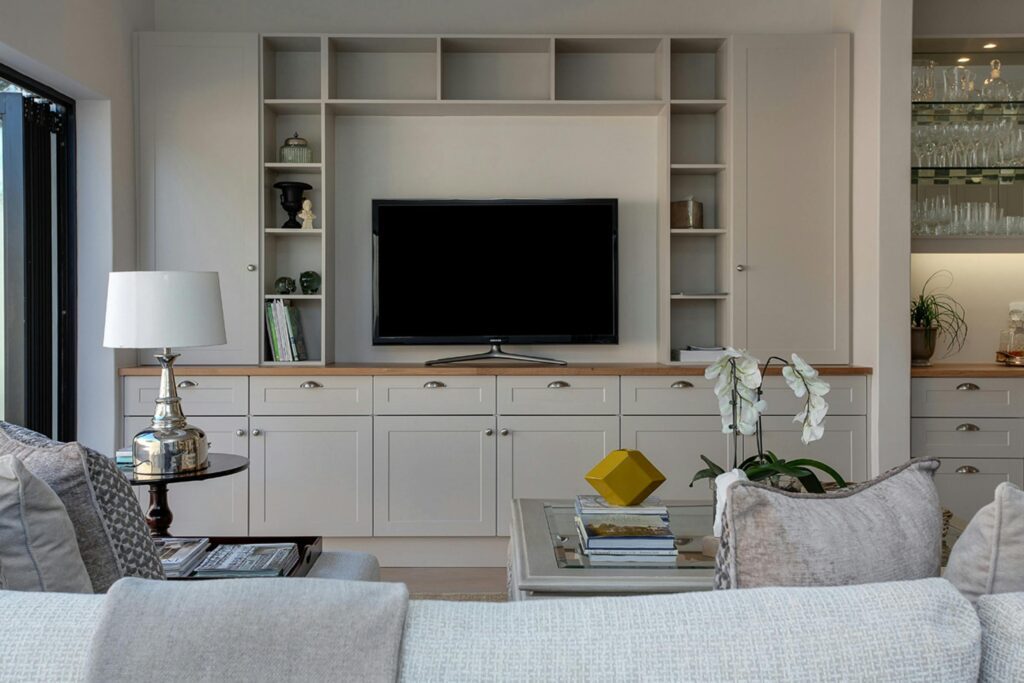*Collaborative post
In the hustle and bustle of modern family life, it’s easy for our homes to become more chaotic than calm. Between school runs, work emails, after-school clubs, laundry mountains, and mealtime meltdowns, our homes often reflect the whirlwind pace we live at.
But what if your home could become a place of peace, not pressure? What if, by removing physical clutter, you could also reduce mental clutter—for yourself and your children?

The idea of “mindful living” has gained traction in recent years, and for good reason. More than just a trend, it’s a lifestyle shift rooted in slowing down, simplifying, and being present. And at the heart of it lies one simple but powerful concept: decluttering.
Here’s how making space in your home can help you make space in your mind—and support a happier, healthier family environment.
1. Clutter and Mental Load: The Invisible Connection
Research consistently shows that clutter contributes to stress and anxiety, especially for women and mothers. That overflowing drawer or messy hallway isn’t just an eyesore—it’s another item on your never-ending to-do list. Each time you see it, your brain registers something unfinished, adding to your mental load.
Children feel it too. A chaotic space can make it harder for them to concentrate, unwind, and feel safe. Tidying up isn’t about creating a “perfect” Instagram-worthy home; it’s about creating a space that supports emotional well-being.
2. The Power of “Less is More”
In a culture that often equates success with accumulation, choosing “less” can feel counterintuitive. But when it comes to the home, less often means:
- Fewer arguments about lost things
- Fewer chores (less to tidy, wash, and trip over!)
- More time and energy for what truly matters—whether that’s a cuddle on the sofa, a family board game, or a quiet cup of tea
A mindful home isn’t empty; it’s intentional. It contains only what serves, supports, or sparks joy.
3. Involve the Whole Family
Decluttering doesn’t need to be a solo mission. In fact, involving your children can be an opportunity to teach valuable life skills—like letting go, generosity, and appreciation.
Try these age-appropriate tasks:
- Young children: Help sort toys into “keep” and “donate” boxes
- Older kids: Organise their school supplies or tidy their bookshelves
- Teens: Declutter their wardrobes or digital devices
Frame it as a positive experience, not a punishment. You might even be surprised at how willing they are to help—especially when they see the benefits.
4. Create Calm Corners
Once you’ve made space, consider creating small “calm zones” around your home. These don’t need to be elaborate—just spaces where family members can recharge.
Examples include:
- A reading nook with soft lighting and cushions
- A corner in the kitchen with a few plants and a place for your morning coffee
- A bath caddy with your favourite salts and book for end-of-day unwinding
These spaces act as visual and emotional cues, reminding us to slow down and care for ourselves.

5. Decluttering by Category vs Room
While most of us tend to declutter room by room, another powerful approach is to work by category. This is especially helpful when dealing with emotional clutter like keepsakes, children’s artwork, or even inherited items.
Try tackling:
- Paperwork and school letters
- Kids’ artwork and crafts
- Books and magazines
- Sentimental items (one drawer at a time)
Give yourself permission to let go of items that no longer serve a purpose. Your memories aren’t in the object—they’re in you.
6. Don’t Be Afraid to Ask for Help
Sometimes, decluttering brings up more than just mess. Emotional attachments, overwhelm, or time constraints can make it hard to tackle alone. If you’re dealing with a major clear-out—perhaps after a life change or house move—consider bringing in extra support.
For those in London facing a big decluttering project—whether it’s clearing out a flat, dealing with a garage full of forgotten furniture, or simply trying to make space in a small city home, a professional house clearance London can make all the difference. Navigating narrow streets, tight staircases, or high-rise buildings can be tricky, but local experts can take the stress off your shoulders so you can focus on creating a calm, organised space.
7. From Chaos to Clarity: The Ripple Effect
Decluttering your home has a ripple effect. As your space becomes more open and intentional, you’ll often find your mind follows suit.
You may notice:
- Better sleep (especially if your bedroom is cleared of distractions)
- Improved focus for kids during homework
- Calmer mornings with less last-minute scrambling
- A renewed sense of pride in your home environment
Even better? You’ll begin to value the things that truly matter—time, connection, peace—over stuff.
8. Sustainability in Decluttering
A mindful home also considers the environment. As you declutter, think about where items go. Could they be donated, repurposed, recycled?
Teaching children to value quality over quantity, and to care about the planet, is a gift that lasts beyond a tidy bedroom.
Final Thoughts: Start Where You Are
You don’t need to overhaul your entire home in a weekend. Start with one drawer, one basket, one corner. Notice how it feels. Notice how your family responds.
Mindfulness isn’t about perfection; it’s about presence. And when your home supports that, everything else becomes just a little bit easier.
So go gently. Be kind to yourself. And remember: every cleared surface is an invitation to breathe.
